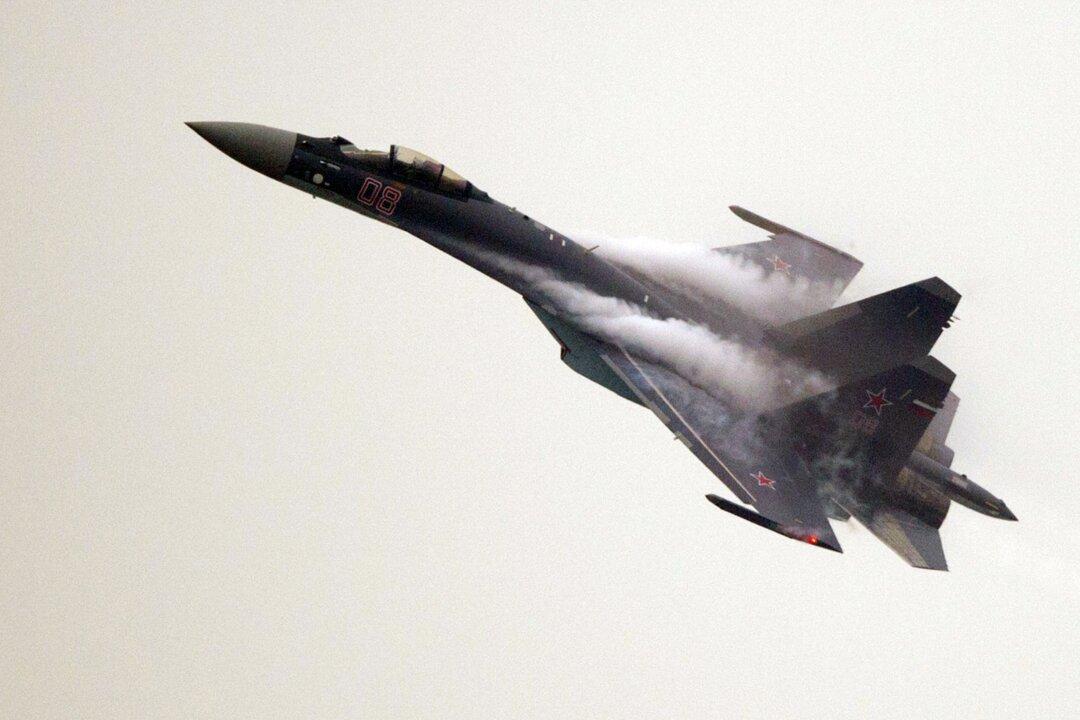A Russian jet buzzed a U.S. Navy surveillance plane in international airspace over the Mediterranean on April 15, flying within 25 feet in an upside-down maneuver.
The intercept lasted approximately 42 minutes, according to the Navy.


A Russian jet buzzed a U.S. Navy surveillance plane in international airspace over the Mediterranean on April 15, flying within 25 feet in an upside-down maneuver.
The intercept lasted approximately 42 minutes, according to the Navy.